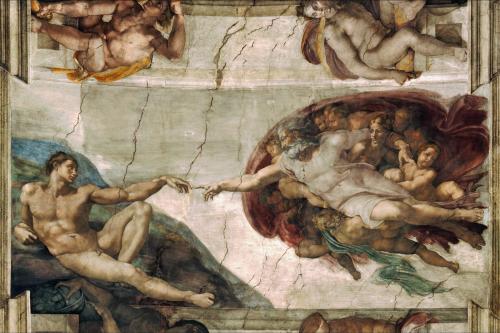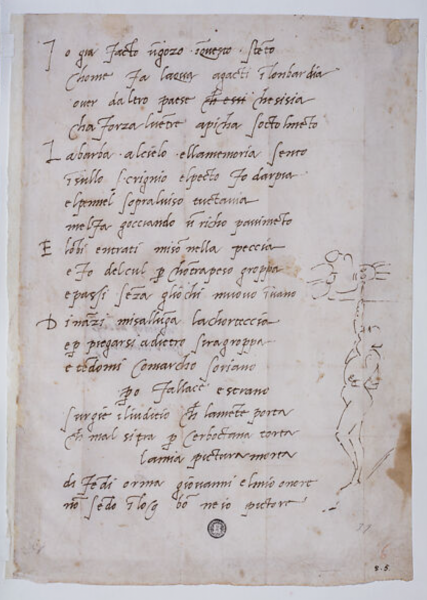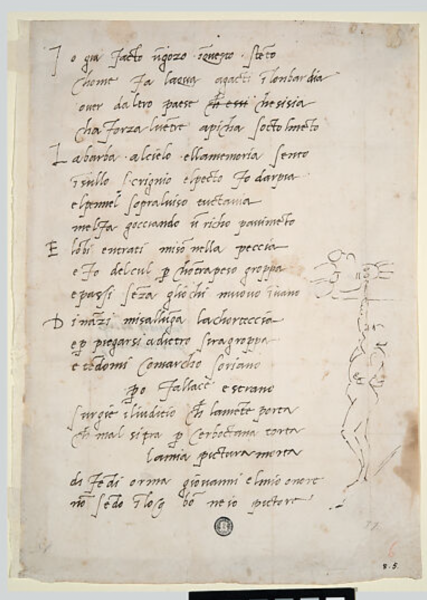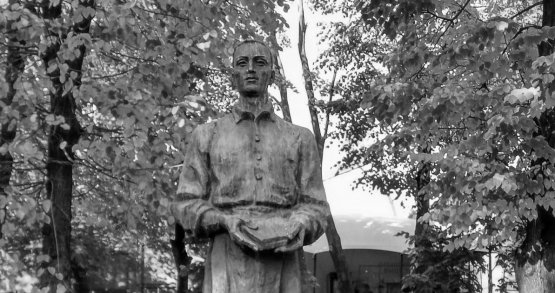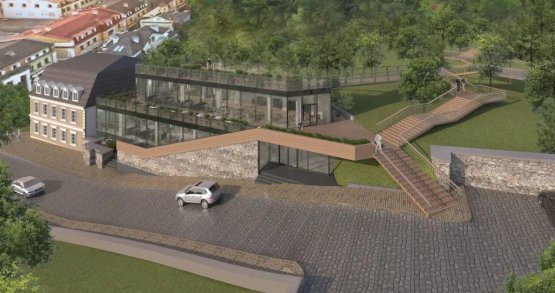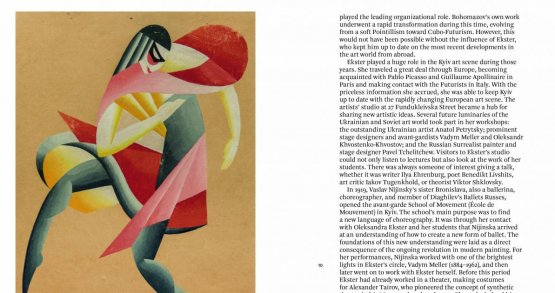Michelangelo Buonarroti, one of the most famous European artists of the
Renaissance period, disliked working on the ceiling and altar wall fresco of the
Sistine Chapel. In a letter to his friend
Giovanni da Pistoia, he complained that he “hunched up here like a cat in Lombardy” and did not consider himself a painter,
writes Artnet.
The letter with the
sonnet is dated
1509 – about a year into the work on the fresco, but there were already many problems. Among them, Michelangelo mentions goiter (enlargement of the thyroid gland), a twisted and knotted spine, a squashed stomach, a tense chest, and a “crushed brain.” During work, he had to stand with his neck bent back and his arm raised high — as a result, paint constantly dripped onto the face of the Renaissance master.
The consequence of solitary work led to “crazy” doubts — Michelangelo was concerned that such a workflow would lead to failure. “My painting is dead,” he complained, “I'm not in the right place. I'm not a painter.”
Buonarroti always considered himself more of a sculptor than a painter. When
Pope Julius II asked the 33-year-old Michelangelo to tackle the chapel, he was working on the pontiff's marble tomb and had never completed an entire fresco before. In 16th-century Europe, it was difficult to refuse the Pope, but the artist tried twice. The first time was immediately after the offer, and the second was in 1509 when mold ruined months of work.

